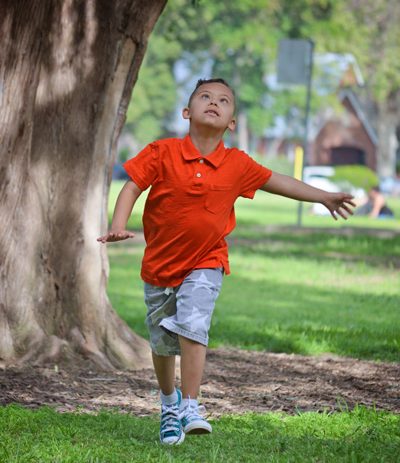Are you an educator working with a student who has Down syndrome currently? If so, do you understand the unique learning profile of your student and how you can most effectively include, educate and enjoy your student?
Are you a family member that wants to help support your loved ones education team? Do you want more insight for yourself on how you can support a learning environment at home?
We are always compiling a list of resources and websites to help you learn more about Down syndrome and Education & Classroom Strategies.

Tools & Guides
Down Syndrome Education USA: Evidence-based information resources, books, teaching materials, and films specializing in inclusive education, reading, and mathematics. DownsEd also offers specialist advice, training, and consulting services.
The Learning Program: The Learning Program complements formal instruction in literacy and math. The program is based on the research from Down Syndrome Education and uses effective teaching strategies and customized materials to support parents, teachers, and children in the educational process.
Learning Without Tears: A program that can be implemented in the classroom or one-on-one. The curriculum uses hands-on, educationally sound instructional methods and the lessons require minimal preparation time. The Website offers workshops, materials, newsletters, and much more.
Special Education
Special Education Rights and Responsibilities (SERR): The Federal and California special education laws give eligible students with disabilities the right to receive a free appropriate public education (FAPE) in the least restrictive environment (LRE). This manual explains how to become eligible for special education, how to request and advocate for special education services, and what to do if you disagree with school districts. This manual is intended for use by parents of children with disabilities, but should also be useful for advocates and attorneys.
Need Advocacy it the classroom for your student with Down Syndrome? We offer FREE workshops for educators! CLICK HERE to learn more.
Individual Education Plans
Individual Education Plans (IEP): The IEP, Individualized Education Program, is a written document that’s developed for each public school child who is eligible for special education. The IEP is created through a team effort and reviewed at least once a year. Before an IEP can be written, your child must be eligible for special education. By federal law, a multidisciplinary team must determine that (1) she’s a child with a disability and (2) he requires special education and related services to benefit from the general education program.
To learn more about the IEP and attend one of our trainings on it, follow THIS LINK to our events page.

Law & Policy
Coming soon!

Although children with Down syndrome have additional educational needs, they also have many of the same needs as the other non-disabled pupils of their age. They will make the most rapid progress if they are fully socially included and accepted, benefiting from age appropriate role models and from the benefits of feeling that they are part of the ordinary community. This social acceptance will have a profound effect on self-confidence, self-identity and self-esteem – if the whole school community is one that is caring and supportive to all its members.
Inclusive Education for Children with Down Syndrome – Inclusion in education – the benefits and keys to success
Implementing Inclusion – National Down Syndrome Society “Almost thirty years of research and experience has demonstrated that the education of children with disabilities can be made more effective by having high expectations for such children and ensuring their access to the general education curriculum…”
Questioning Removal, Rejection and Exclusion by Paula Kluth – Paula Kluth questions the removal and ramifications of such rejection that children with disabilities often face in their schooling.
The Educational Challenges Inclusion Study – This study examines inclusive practices and factors that influence its success. There is informative discussion regarding specific learning, grading and classroom strategies.
Inclusion’s Impact on Children without Disabilities – What the research shows so far about inclusion’s effect on typical children. Information from the National Institute for Urban School Improvement.
Down Syndrome Inclusion Research Study – A comparison of mainstream and special education for teenagers with Down syndrome: Implications for parents and teachers
Making Relationships a Priority, Paula Kluth – Friendships are a critical component for any student. Children with special needs often need more scaffolding and assistance in forming friendships. This article discusses ways in which teachers can provide opportunities to foster friendships.
Peer Mentoring Programs and Childhood Disability, Pamela Wilson
Other Resources
Curriculum Modifications & Adaptions
Universal Design for Learning (UDL): Making learning accessible and engaging for all students, NEA policy brief – UDL helps ALL students have full access to curriculum. In today’s dynamic, diverse classrooms, Universal Design for Learning (UDL) offers all educators and students an exciting opportunity to use strategies and technologies that bridge the gap in learner skills, interests and needs.
Assistive Augmentative Communication: Children with Down syndrome are frequently reported to have difficulties in the area of language and communication, with relative strengths in visual and perceptual areas. This suggests possible benefits from the use of AAC systems to enhance language development.
